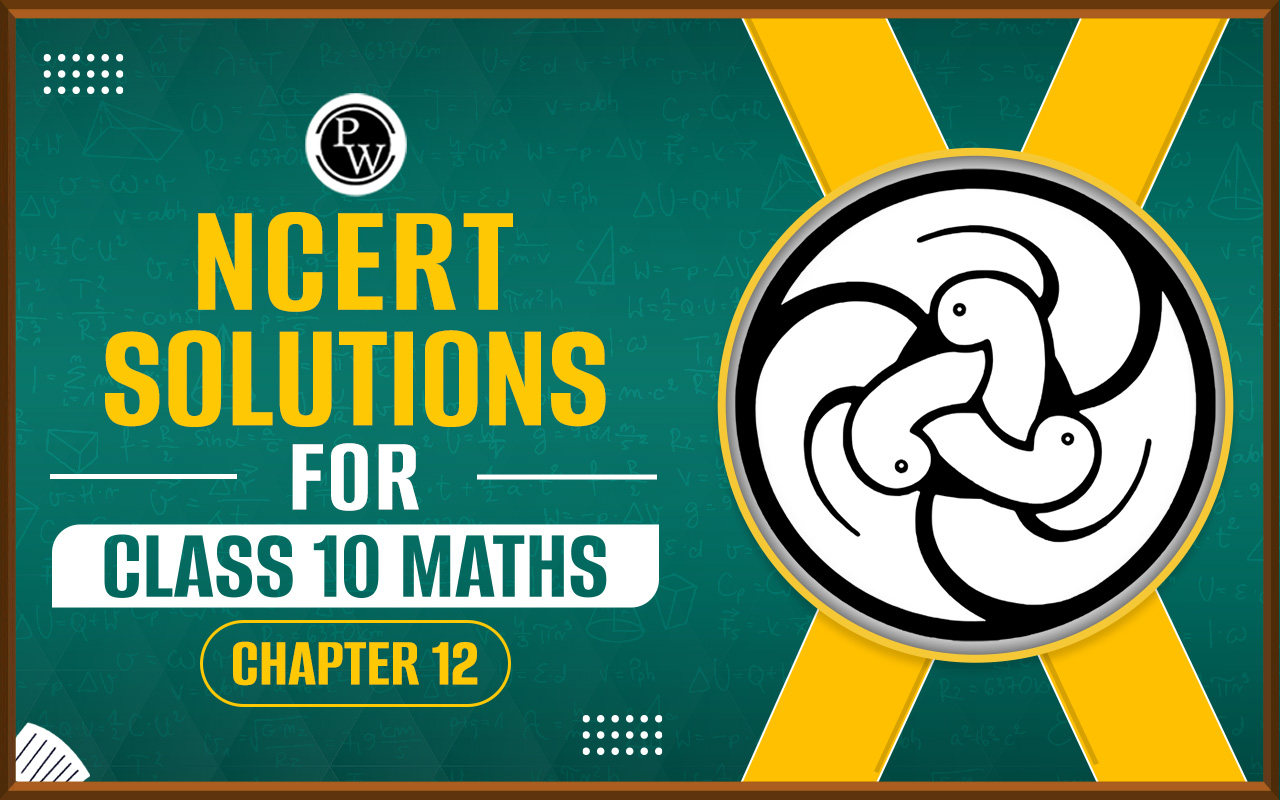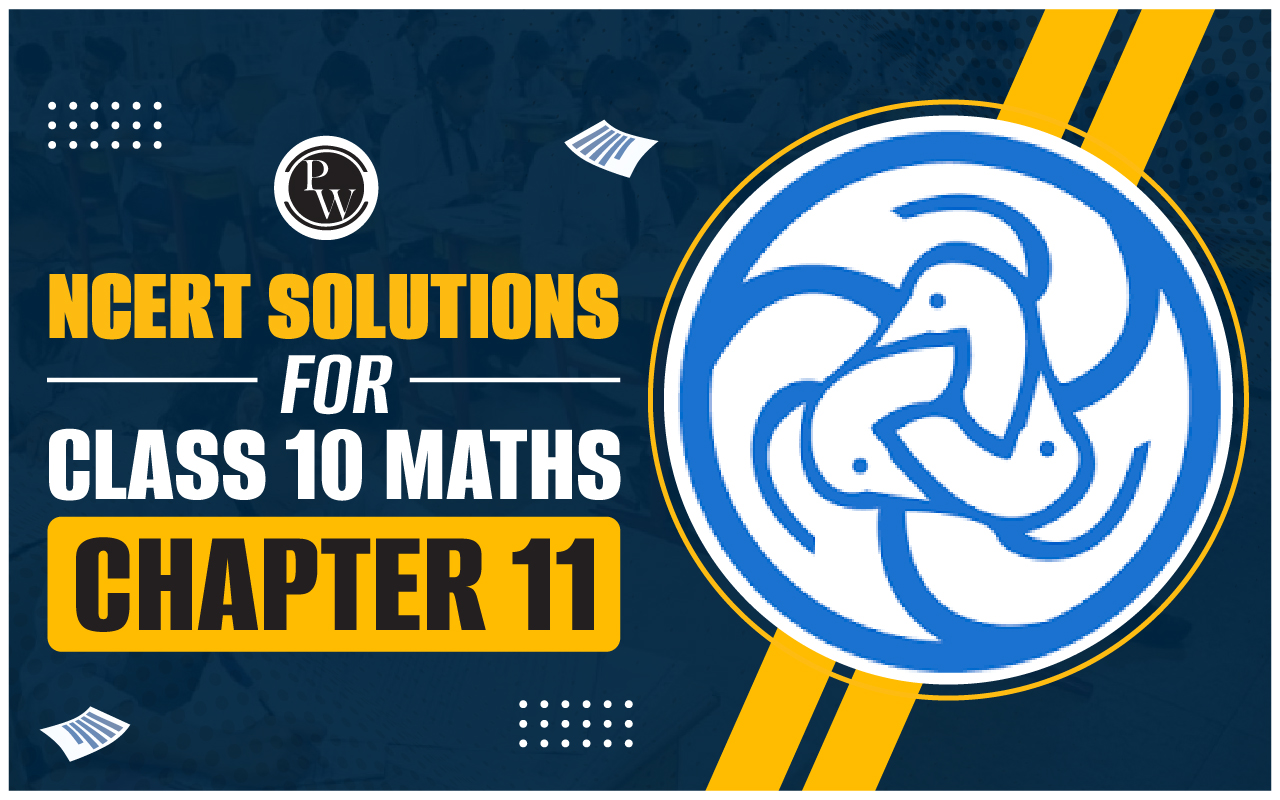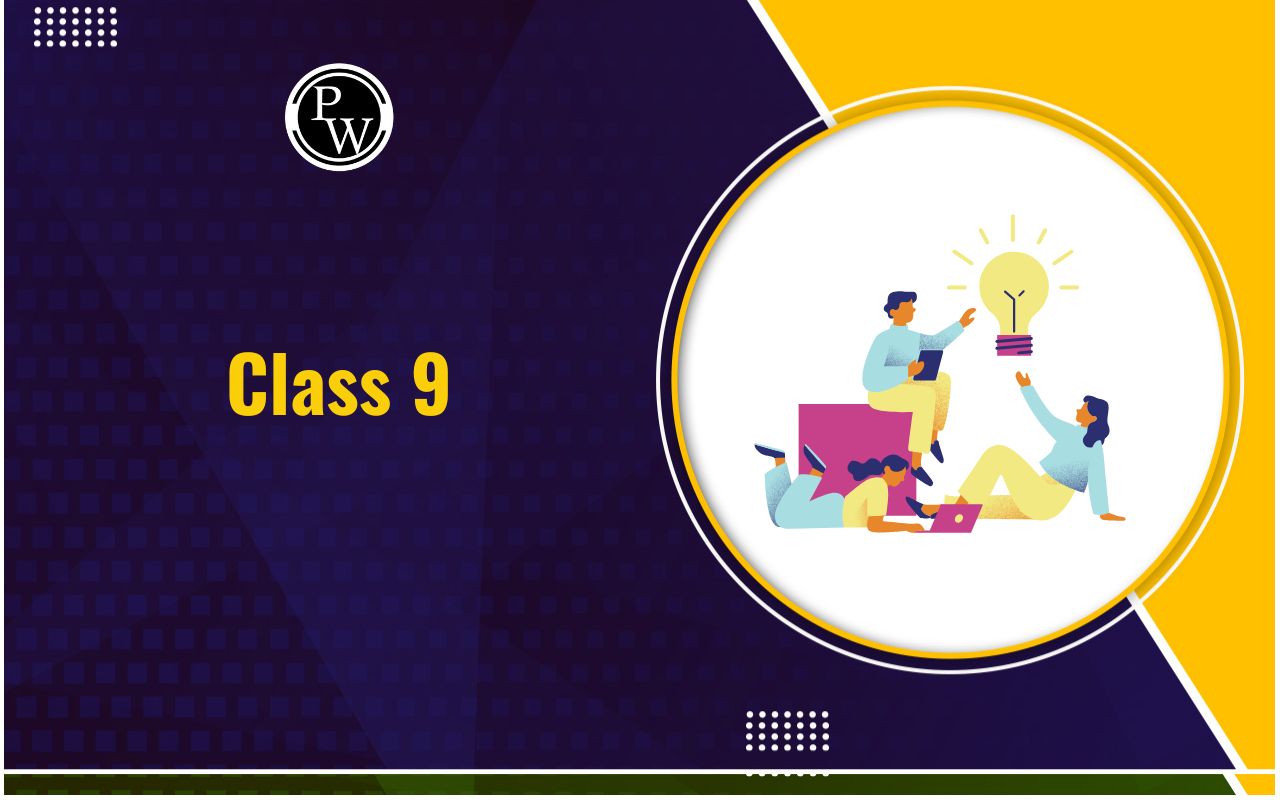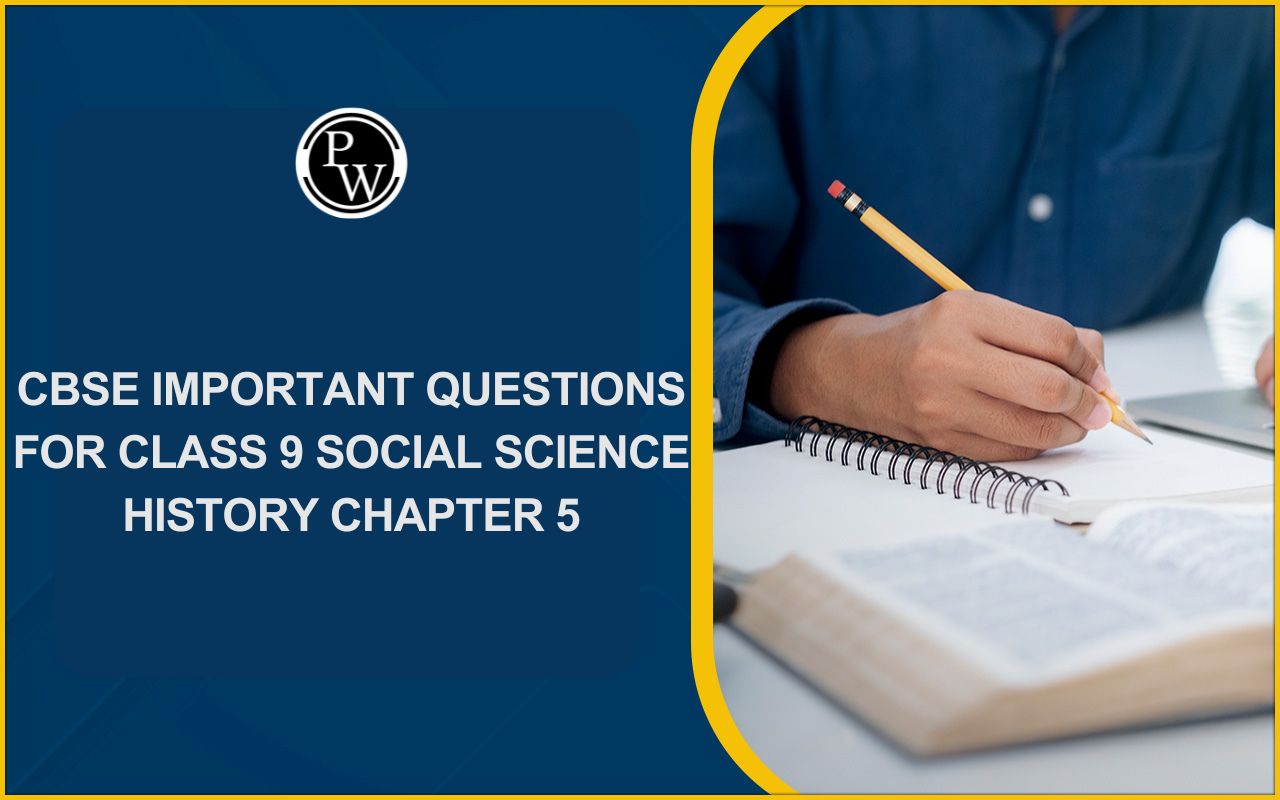
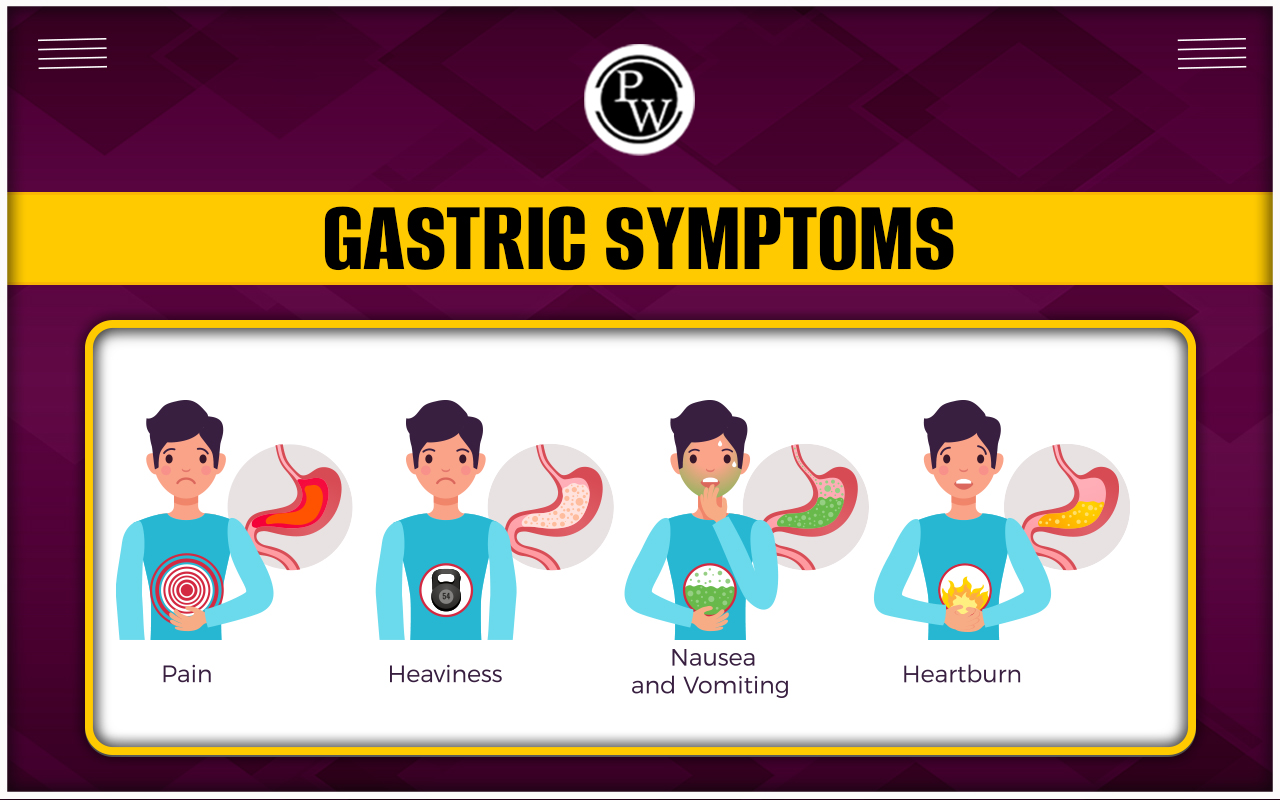
Gastric symptoms is an umbrella term that defines the common discomforts, pain, and swelling observed in the abdomen region due to Gastritis.
A range of ailments with one element in common—inflammation of the stomach lining—are referred to as gastritis. Infection with the same bacteria that most commonly result in stomach ulcers or constant use of certain painkillers cause gastritis inflammation. Most people who have gastropathy or gastritis exhibit no symptoms. In certain circumstances, indigestion or stomach bleeding symptoms are brought on by gastropathy and gastritis. The most typical cause for gastritis is an infection with Helicobacter pylori. In this article, we will discuss the different causes, effects, symptoms, and management of gastritis.Abdomen and Digestive system
The region of the body between the thorax (chest) and pelvis is known as the abdomen, or simply "the belly." The diaphragm creates the abdomen's top layer. The abdomen and pelvis separate at the level of the pelvic bones. The stomach, small and large intestines, pancreas, liver, and gallbladder are all in the abdomen. The connective tissues (mesentery) that hold these organs together loosely allow them to expand and rub up against one another. The kidneys and spleen are likewise located in the abdomen. The gastrointestinal (GI) tract, along with the liver, pancreas, and gallbladder, make up the digestive system. The GI tract is made up of several interconnected hollow organs that extend from the mouth to the anus. The mouth, esophagus, stomach, small intestine, large intestine, and anus are the organs that make up the GI tract in the order that they are joined. Because the body requires the nutrients from the food we eat and the liquids we drink to keep healthy and operate correctly, digestion is crucial. Examples of nutrients include water, vitamins, minerals, proteins, lipids, carbohydrates, and proteins. The nutrients in the food and drinks we ingest are broken down and absorbed by the digestive system for vital processes, including cell development, repair, and energy production. Some vital components of the digestive system and their functions are listed below.Mouth
The mouth has teeth that masticate(break down) the food as it is being chewed. Salivary gland releases saliva into the mouth, which contains certain enzymes that break down carbohydrates. The tongue rolls the food in the mouth and mixes it properly with saliva while pushing it down the throat.Esophagus
Food travels from the mouth to the esophagus, situated in the throat close to your trachea (windpipe). A small epiglottis flap covers the windpipe while swallowing to prevent choking (when food goes into the windpipe). Peristalsis, a series of oesophageal muscular contractions, is the mechanism by which food enters the stomach.Stomach
The stomach is a hollow organ that serves as a "container" for food as it is digested with stomach enzymes. These enzymes continue turning food into a form that can be absorbed. The stomach's contents are discharged into the small intestine once sufficiently digested. The Stomach releases enzymes like Pepsin and other digestive enzymes that work well in acidic conditions and break down complex biomolecules into simple forms.Pancreas
As a component of the digestive system, it creates insulin and other critical hormones and enzymes that aid in the digestion of food. Because it discharges fluids into ducts instead than straight into the circulation, the pancreas performs both endocrine and exocrine functions.Small Intestine
The 22-foot-long muscular tube known as the small intestine, which comprises the duodenum, jejunum, and ileum, is utilised to break down food using pancreatic enzymes and liver bile. Another role of this organ is to transport food through the body when it is combined with pancreatic and liver fluids during peristalsis. The duodenum is the entrance of the small intestine. The continuous degradation process is largely its responsibility. The jejunum and ileum, located at the bottom of the gut, are principally responsible for nutrient absorption into the bloodstream.Liver
The liver has several functions in the digestive system, but its main job is to process the nutrients absorbed from the small intestine. Bile, which the liver secretes into the small intestine, help in digesting fat and numerous vitamins. The liver also detoxifies potentially harmful chemicals. It disintegrates and secretes many drugs that might be harmful to the body.Gastritis Definition and Causes
Conditions that affect the mucosa, or stomach lining, include gastropathy and gastritis. The stomach lining becomes irritated in gastritis. In gastropathy, there is damage to the stomach lining but minimal to no inflammation. The common causes of Gastritis include-Infection with bacteria.
Although Helicobacter pylori infection is one of the most widespread human diseases globally, only a small percentage of those infected develop gastritis or other upper gastrointestinal illnesses.Excessive alcohol consumption.
Alcohol can irritate and damage the stomach lining, making it more susceptible to digestive fluids. Acute gastritis is more likely to result from excessive alcohol consumption.Using painkillers regularly.
Nonsteroidal anti-inflammatory medicines (NSAIDs), sometimes known as painkillers like ibuprofen (Advil, Motrin IB, and others) and naproxen sodium (Aleve, Anaprox DS), can lead to both acute and chronic gastritis. Regular use of these painkillers or excessive dosages of these medications may cause a reduction in a crucial compound that protects the stomach's protective lining.Autoimmune disorder
This kind of gastritis, known as autoimmune gastritis, occurs when the body assaults the cells that line the stomach. The defenses in the stomach may become compromised as a result of this reaction.Anxiety and Stress
These conditions trigger the release of certain hormones, reduce the immune power, and increase the chances of microbial infection in the stomach lining.Gastric Symptoms
Following are some of the symptoms and indicators of gastritis:- Indigestion or burning discomfort in the upper belly that gets either better or worse with food.
- Nausea
- Vomiting
- Bloating and Fullness in the abdominal region.
- Internal bleeding due to rupturing of stomach cells.
- Pain in the chest and arms.
- Appetite loss.
- Ulcers in the stomach.
- Tumor formation if left unchecked.
- Malfunction of liver and pancreas.
Management of Gastritis
Antibiotics to eradicate H. pylori.
The doctor could advise using a combination of medicines to treat H. pylori in the digestive system, such as metronidazole (Flagyl) and clarithromycin (Biaxin XL), amoxicillin (Amoxil, Augmentin, and others), or clarithromycin (Biaxin XL) and a drug to eliminate excess acid buildup in the stomach(antacid).Acid Neutralisers or Antacids
Acid is reduced by proton pump inhibitors by preventing the function of the components of cells that create acid. These medicines include omeprazole (Prilosec), lansoprazole (Prevacid), rabeprazole (Aciphex), pantoprazole (Protonix), and various prescription and over-the-counter meds.Acid Blockers
Acid blockers, also known as histamine (H-2) blockers, lessen the amount of acid produced into your digestive tract, which eases the discomfort associated with gastritis and promotes recovery.Gastric Symptoms <span style=
1. What are the major causes of gastric symptoms?
When the digestive tract gets disturbed due to excess acid release, microbial infection, autoimmune disorders, injury or accident, or liver or pancreas malfunction, a person may experience gastric symptoms.
2. Which are the most common gastric symptoms?
Some frequently encountered gastric symptoms include nausea and vomiting, abdominal pain, burning sensation, and loss of appetite. Bloating may also be experienced in serve cases.
3. What are the two types of gastric disorders?
The gastric disorder is acute when the causes are short-lived, and symptoms are severe, and due to a sudden cause. Chronic gastritis is a condition that lasts for a long time, is caused by an underlying body disorder, and cannot be treated easily.
🔥 Trending Blogs
Talk to a counsellorHave doubts? Our support team will be happy to assist you!

Check out these Related Articles
Free Learning Resources
PW Books
Notes (Class 10-12)
PW Study Materials
Notes (Class 6-9)
Ncert Solutions
Govt Exams
Class 6th to 12th Online Courses
Govt Job Exams Courses
UPSC Coaching
Defence Exam Coaching
Gate Exam Coaching
Other Exams
Know about Physics Wallah
Physics Wallah is an Indian edtech platform that provides accessible & comprehensive learning experiences to students from Class 6th to postgraduate level. We also provide extensive NCERT solutions, sample paper, NEET, JEE Mains, BITSAT previous year papers & more such resources to students. Physics Wallah also caters to over 3.5 million registered students and over 78 lakh+ Youtube subscribers with 4.8 rating on its app.
We Stand Out because
We provide students with intensive courses with India’s qualified & experienced faculties & mentors. PW strives to make the learning experience comprehensive and accessible for students of all sections of society. We believe in empowering every single student who couldn't dream of a good career in engineering and medical field earlier.
Our Key Focus Areas
Physics Wallah's main focus is to make the learning experience as economical as possible for all students. With our affordable courses like Lakshya, Udaan and Arjuna and many others, we have been able to provide a platform for lakhs of aspirants. From providing Chemistry, Maths, Physics formula to giving e-books of eminent authors like RD Sharma, RS Aggarwal and Lakhmir Singh, PW focuses on every single student's need for preparation.
What Makes Us Different
Physics Wallah strives to develop a comprehensive pedagogical structure for students, where they get a state-of-the-art learning experience with study material and resources. Apart from catering students preparing for JEE Mains and NEET, PW also provides study material for each state board like Uttar Pradesh, Bihar, and others
Copyright © 2025 Physicswallah Limited All rights reserved.
Get App
